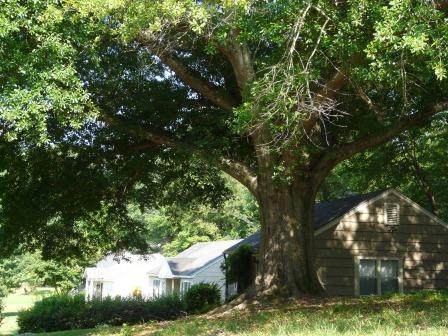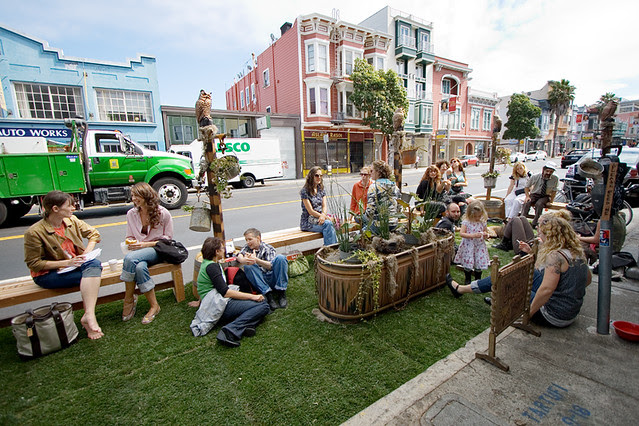
by Mari Kuhnle
I love trees. I grew up under and in them. Four beautiful maple trees graced our front yard, and we had an apple orchard in the back. On Sunday afternoons when I was supposed to be napping, I would sneak out the back door and disappear into tree canopy. My favorite was the huge crab apple tree. There I would sit for hours, reading and listening to the birds.
In 1986 when Oxford became our home, the city had marvelous tree canopy. This was also the case in 2005 according to Oxford’s Master Tree Plan of 2005.
- “[…] the residential areas of Oxford have many more trees than the commercial area […]The most pleasing streets and neighborhoods in Oxford are those with a strength of unity due to a consistent use of trees. […]” (MTP 23).
- The Master Plan lists many statistics about the benefits of trees. Just a few of these are:
- “The net cooling effect of a healthy (mature) tree is equivalent to ten room-size air-conditioners operating 20 hours a day. – U.S. Department of Agriculture”
- “Landscaping, especially with trees, can increase property values as much as 20 percent. – Management Information Services/ICMA”
- “The planting of trees means improved water quality, resulting in less runoff and erosion. This allows more recharging of the ground water supply. Wooded areas help prevent the transport of sediment and chemicals into streams. – USDA Forest Service” (MTP 5,6).
How and why have we forgotten this?
One of the new developments lies just down the street from me. I must choose cloudy days to walk through it, for fear of heat stroke. I see house upon house, upon house, upon house, with artful landscaping of a few small bushes on the tiny front lawns. The homes are close enough that I believe second floor neighbors can reach across and hold hands. But most importantly, there are no tall, shady trees. A few tiny newly planted trees are visible here and there. But no tall shade trees were saved. None.
Besides economic and ecosystem benefits of tree canopies, you know that there are also social and psychological benefits.
Students perform better when they can see trees, trees help people be less anxious, and studies show that there is less crime in areas of high tree canopy (https://citygreen.com and Nuccitelli 2023). Contact our city leaders and the current tree board before it is too late. We must bring back the lost tree canopy!
Mari Kuhnle
Oxford, MS resident
Nuccitelli, Dana. The Little-Known Physical and Mental Health Benefits of Urban Trees, 2023
Master Tree Plan, The City of Oxford, 2005.




